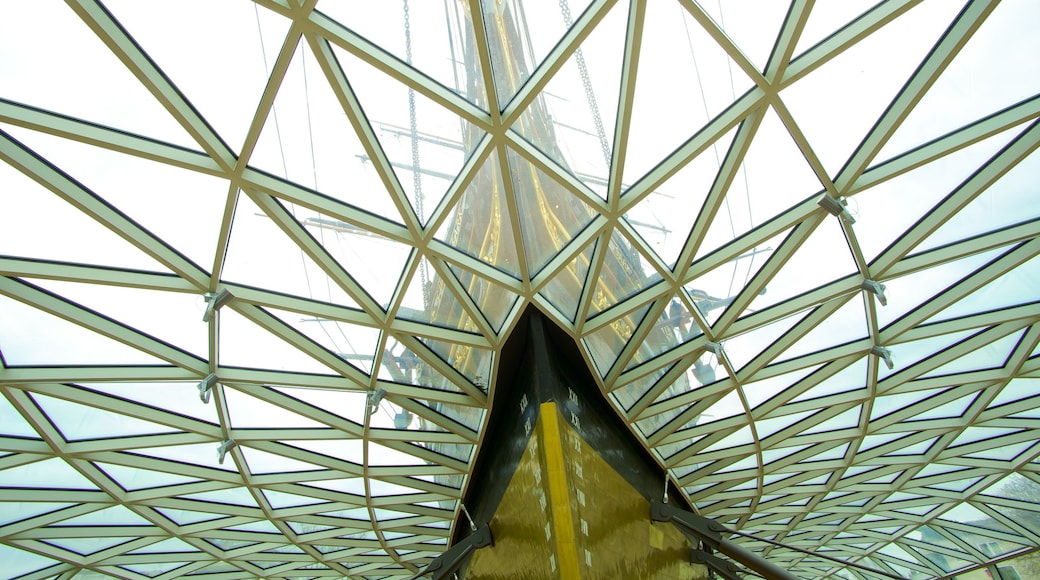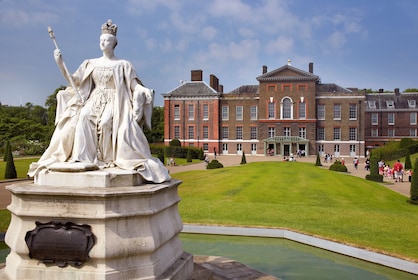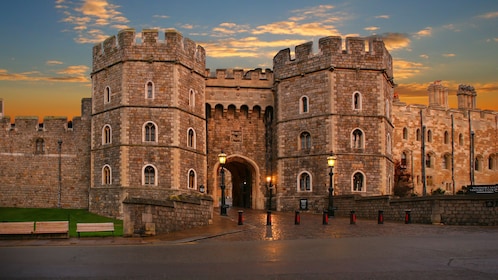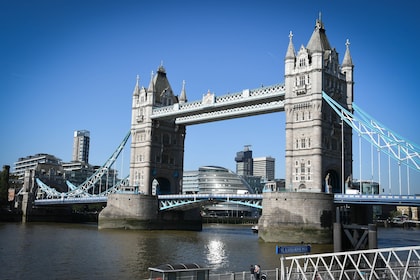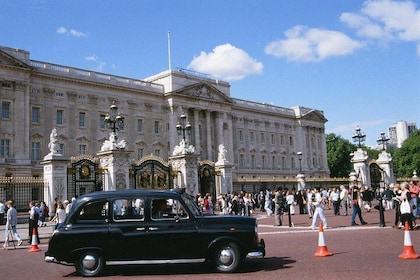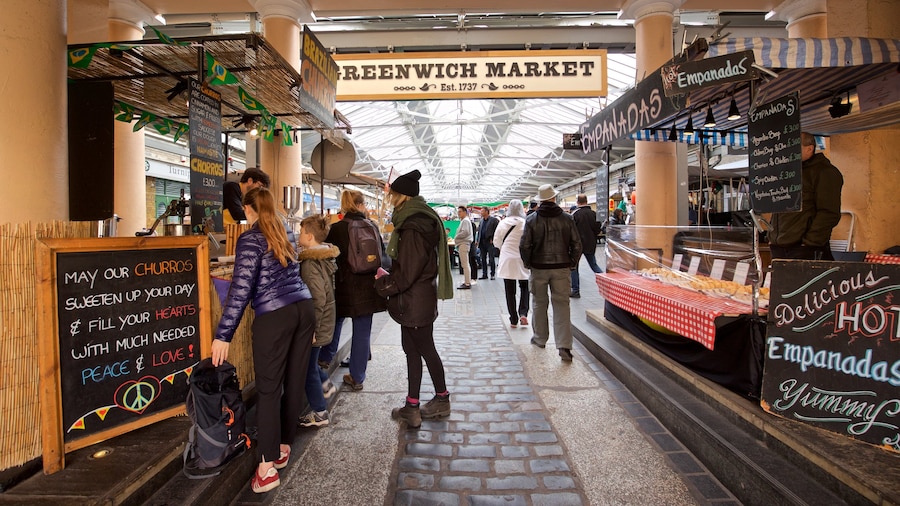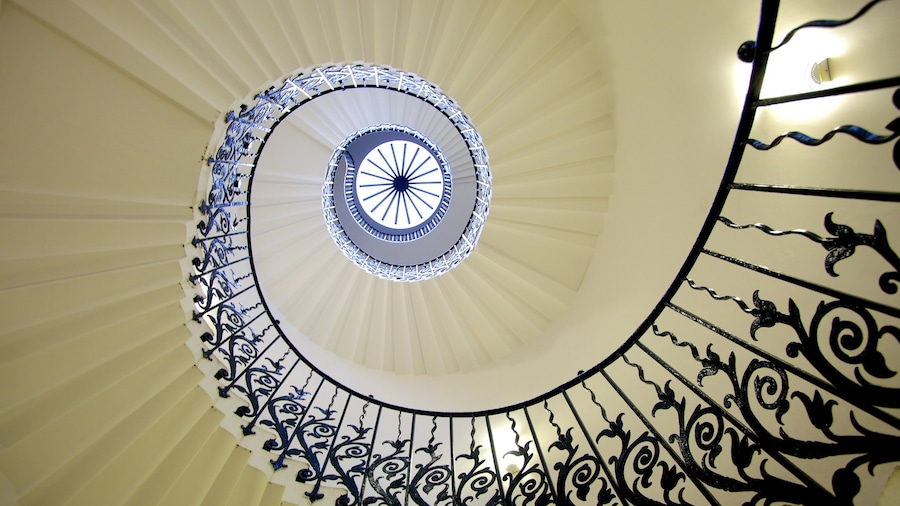Get a glimpse of 19th-century seafaring life when you climb aboard the Cutty Sark. This wooden merchant vessel was one of the fastest ships in its time and sailed all over the world. Since the 1950s the tea clipper has been a museum and a popular London landmark.
The Cutty Sark was built in Scotland in 1869 and was named after an old Scottish term for women's undergarments. Among its roles, the three-masted sailing ship transported tea from China to London and wool from Australia. Learn about this history as you stroll along the ship’s three decks and visit the museum in the hull.
As you tour the ship, stop by the interactive displays and exhibits that explore the adventure and danger of life at sea. Look at the original wooden planks and iron frames that have been well conserved. Then venture into the museum.
Check out the exhibition of Merchant Navy figureheads, which is touted as being the largest collection in the world. Most of the carvings date from the 19th century and used to adorn the bows of numerous merchant vessels. Some were carved in the form of characters from history and mythology. See if you can spot Florence Nightingale and Sir Lancelot among others.
Observe the 19th-century telescope owned by Captain Woodget who was Master of the Cutty Sark from 1885-1895. You can also see his sextant and chronometer, important navigational instruments. View the cap worn by Captain Woodget during the ship’s record-breaking journey to Sydney in 1885.
Then go under the Cutty Sark to inspect the hull. Following extensive renovations, the Cutty Sark reopened in 2012 and was raised 10 feet (3 meters) above its dry dock. This allows visitors to walk directly under the vessel. While you are doing this look up at the ship through the bed of glass that it sits on. The views are breathtaking.
To reach the Cutty Sark, take the DLR (Docklands Light Railway) to Cutty Sark station. The ship and the museum are open daily and there is an admission fee.

